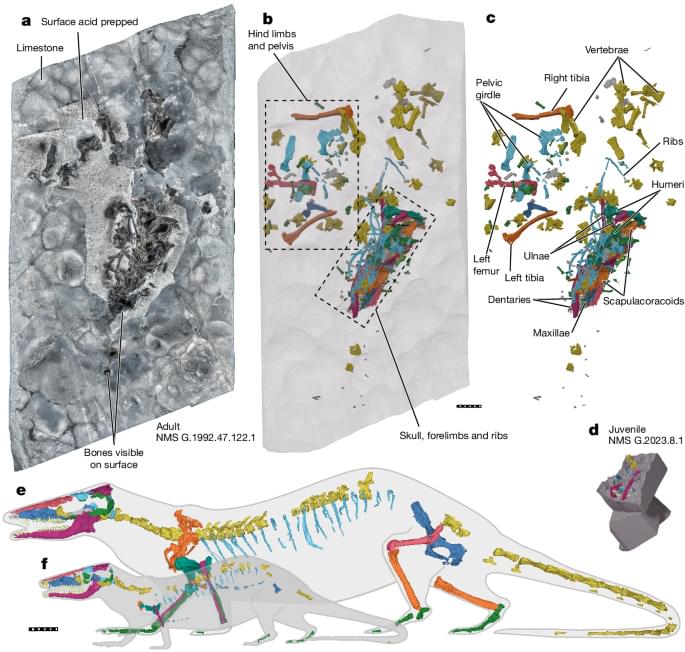A ULA (United Launch Alliance) Atlas V rocket rolled to Launch Complex 41 on the afternoon of Saturday, July 27.









Discussion surrounding the question, “What is real?” at the Moving Naturalism Forward workshop, October 2012. Participants include Sean Carroll, Jerry Coyne, Richard Dawkins, Terrence Deacon, Simon DeDeo, Daniel Dennett, Owen Flangan, Rebecca Goldstein, Janna Levin, David Poeppel, Massimo Pigliucci, Nicholas Pritzker, Alex Rosenberg, Don Ross, and Steven Weinberg. Visit https://www.preposterousuniverse.com/.… more information.
In this interview, I talk with Dr. Graham Oppy about his understanding of metaphysical naturalism. He defends the thesis that natural reality is coextensive with causal reality such that there are no causal entities that are non-natural.
If you enjoy the content. Let me know who else I should have on the channel and what should we chat about!